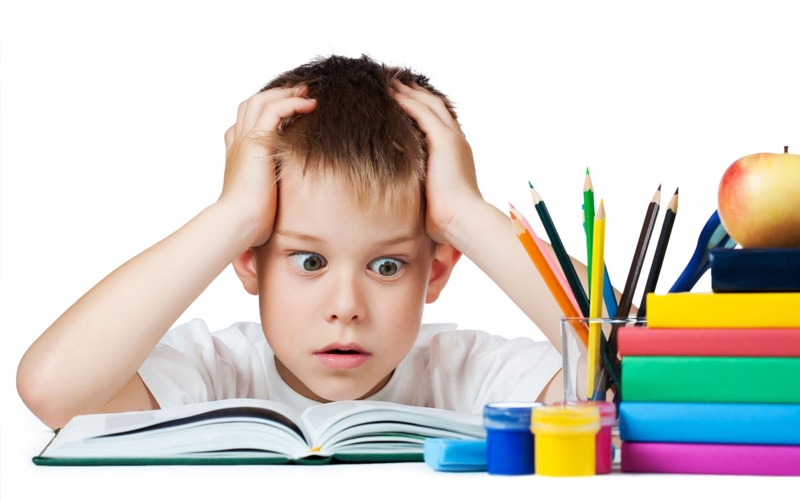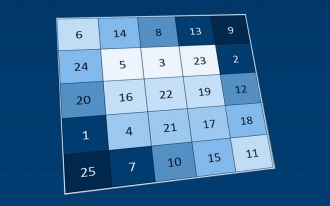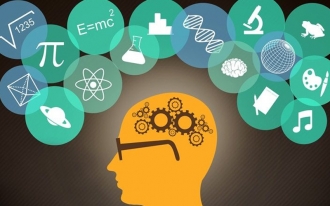- BRAINTRAIN |
- Blog |
- Thinking |
- Developing a Schoolchild’s Thinking

Bogdan Moroz 18.10.2019 2679 Comments
Many parents prioritize early mental development from their child’s first months, an approach that is both justified and effective. Gradually increasing the complexity of tasks and developmental games can foster intellectual progress, but consider the psychological load on the child at different life stages. Specialist-designed online thinking trainers tailor workload and exercise types to age and training level, targeting areas most in need of development. For independent exercises with a schoolchild, understand the natural processes shaping their personality during this developmental stage.
Psychological Factors in Schoolchildren Requiring Thinking Adjustments
Before engaging deeply with society, a child views the world egocentrically, focusing on personal needs, comfort, and satisfaction with their surroundings. This varies based on environment, siblings, and parenting style, but preschoolers generally don’t see themselves as part of society, with all the ensuing consequences.
The first major shift for a young schoolchild is responsibility and moral duty. Their thinking transitions from consumer-based to social, motivated not just by punishment but by recognition from peers and others.
Thinking types also change significantly. Previously, exploration relied on well-developed visual-figurative thinking, but now verbal-logical thinking, a more advanced mental activity, takes precedence. These shifts cause stress but drive efficient mental development. Training must balance exercise types, emphasizing the emerging verbal-logical thinking, as it underpins general and specialized education moving forward.
Key training elements in this period:
- Concepts – Essential for mastering new knowledge, scientific data, and terms. Grasping concepts ensures success in learning.
- Judgments – Training this enables children to compare knowledge and verify statements’ truthfulness, turning information into conclusions.
- Inferences – Critical for generalizing knowledge into memorable formats. Inferences stick long-term, sometimes as stereotypes, even if the reasoning behind them fades.
Features of Thinking Development Training in Early School Years
This section explores the mental techniques schoolchildren should learn and their future benefits. As a new level of mental activity develops, its concepts and tools should dominate training focus.
Comparisons
Comparing objects, assessing utility, and identifying traits—even for dissimilar items—helps children explore the world efficiently. This goes beyond visual comparisons (e.g., “find five differences”) to include images, verbal concepts, and abstract, non-existent objects, which also boost creative thinking.
Identifying Key and Non-Essential Details
Focusing on an object’s core traits helps prioritize the main aspects and ignore distractions. This skill aids in classifying concepts and objects and finding their primary uses, later enabling concise titles or grouping by key traits. Without it, learning becomes inefficient, leaving students behind.
Generalizations
Building on the above, this tool forms groups of objects with similar core traits. For events, it filters out secondary information to convey only the valuable essence to listeners.
Concepts
New to a child’s thinking system, concepts are vital for further exploration. They allow study of unseen processes through acquired knowledge. Without developing concepts, a person remains at a primitive knowledge-processing level, unable to advance.
Cause-and-Effect Relationships
A key logical thinking element, this identifies links between actions and outcomes. It streamlines education, fosters social integration through concepts like responsibility and reward, and enables accurate reconstruction or prediction of events.
Patterns
Identifying patterns in object groups allows logical sequence prediction or precise data grouping. Essential for exact sciences, it’s also valuable across educational fields.
Developing All Thinking Types Playfully
The school start and numerous tasks stress children, a normal developmental phase. Additional mental training is better received playfully. The curriculum targets verbal-logical thinking, which can be supplemented with trainers or playful individual tasks.
Verbal-Logical Thinking Exercises
Games linking words to real objects or familiar images:
- Finding Objects by Description – Identify objects matching conditions (weight, color, shape, material) from a set.
- Story from Pictures – Create a logical or creative story based on drawings, training logical or creative thinking.
Visual-figurative thinking, already well-developed, still requires consistent training.
Visual-Figurative Thinking Exercises
Incorporate creativity to make training engaging:
- Short Video Creation – Using a smartphone, create a brief video with preset or self-chosen images.
- Drawing a Set Scene – Draw with multiple conditions; imaginary objects enhance creativity.
- Writing a Fairy Tale with Conditions – Conditions set difficulty, requiring logic and creativity.
- Puzzles and Pattern Tasks – Select individually or use online thinking trainers.
Visual-Action Thinking Exercises
Stimulate by combining actions with visible images, using ready examples or student-created ones (harder, better for older children):
- Model Assembly – Use varied materials for models of vehicles, buildings, or landscapes.
- Modeling – Create scaled prototypes with mechanical details.
- Visual Arts – Reproduce paintings, sketch from life, or other creative tasks.




